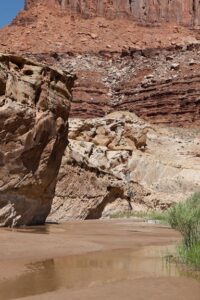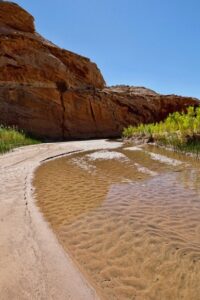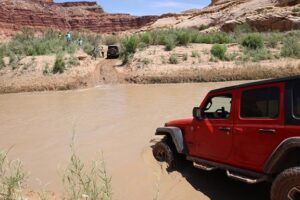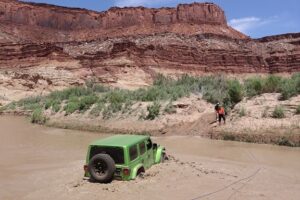NHTSA Proposed Rule on Automated Emergency Braking Systems
AND THEN
Click Here to Submit your own Comments Opposing This Rule by August 14
As an OHV enthusiast, I have serious concerns and reservations about NHTSA’s proposed rule regarding automated emergency braking systems (AEBS) for off-highway vehicles (OHVs). While safety is undoubtedly crucial, I believe this proposed rule could have several negative implications for the OHV community:
-Overreliance on technology: Implementing AEBS in OHVs might lead to riders becoming overly dependent on this technology. Off-roading requires skill, situational awareness, and quick decision-making, and relying too heavily on automated systems could erode these essential skills, potentially leading to complacency and increased accidents.
-Off-road terrain complexity: AEBS systems are primarily designed for use on paved roads, where conditions are more predictable. Off-road terrains can be highly diverse and unpredictable, featuring obstacles, mud, rocks, and varying slopes. The proposed rule does not take into account the complexities of off-road environments, which may render the AEBS less effective or even cause false alarms, disrupting the driving experience.
-Maintenance and reliability: OHVs are often exposed to rough and demanding environments, which could affect the reliability and performance of complex AEBS systems. If these systems become prone to malfunctions or require constant maintenance, it could be a significant burden for OHV owners and potentially compromise their safety.
-Personal responsibility: Off-roading is inherently an activity that involves an element of risk, and OHV enthusiasts understand and accept this fact. While safety measures are essential, they should not overshadow the responsibility of individual riders to drive cautiously and make informed decisions while navigating challenging terrains.
-Cost burden on consumers: Implementing AEBS systems in OHVs may result in increased manufacturing costs, which will ultimately be passed down to consumers. This could make OHVs less accessible to enthusiasts who rely on more affordable options to enjoy their passion for off-roading.
-Impact on aftermarket modifications: Many OHV owners customize their vehicles with aftermarket parts and modifications to suit their specific needs and preferences. The introduction of mandated AEBS systems might limit the scope for such modifications and reduce the freedom and creativity that enthusiasts enjoy.
-Training and awareness: Instead of focusing solely on mandating AEBS, the NHTSA should consider investing in education, training, and awareness campaigns to promote safe off-roading practices. Providing resources to enhance driving skills and responsible OHV use can be more effective in improving overall safety.
In conclusion, while safety is of paramount importance, the NHTSA’s proposed rule for AEBS in off-highway vehicles appears to be ill-suited for the unique challenges and characteristics of off-road environments. Instead, a more balanced approach that combines improved education, training, and voluntary safety measures could better serve the OHV community without compromising the essence of off-roading.As an OHV enthusiast, I have serious concerns and reservations about NHTSA’s proposed rule regarding automated emergency braking systems (AEBS) for off-highway vehicles (OHVs). While safety is undoubtedly crucial, I believe this proposed rule could have several negative implications for the OHV community:



